Solid, liquid, gel (semisolid) designed to support the growth and supply nutrients to any cell or microorganism is a culture medium. It is a special medium used in microbiological laboratories to grow different microorganisms.
A microbiological culture medium must contain:
- Source of energy (chemicals for chemotrophs and lights for phototrophs)
- Source of electrons to conduct metabolism: inorganic compounds for Lithotrophs and organic compounds for Organotrophs.
- Carbon, in some form to synthesize cell components.
- Nitrogen in some to synthesize cell components.
- Oxygen, Sulfur, Phosphorus.
- Metal ions such as K+, Ca2+, Mg2+ and Fe2+.
- Vitamins and vitamin like compounds.
- Water.
Chemically defined medium
Artificial media of exact known, reproducible composition are called synthetic media or chemically defined media. It consists of wholly of dilute, reproducible solutions of chemically pure, known inorganic and/or organic compounds.
E.g.: Minimal media which means all nutrients are in minimum concentration for growth for the cultivation of Escherichia coli. Minimal media are often used by microbiologists and geneticist to grow “wild type” microorganisms.
Advantages
- The components are exactly known.
- The media can be exactly reproducible.
- Elimination of risk of contaminants from animal derived products.
Disadvantages
- They are often expensive.
- They maybe ‘time consuming’ to produce.
- The exact nutrient requirement of numerous organisms are still incompletely known.
- Bacteria usually grow on them slowly compared to complex media.
Complex media
Complex media are media which contain all of the required elements and a rich assortment of soluble organic and inorganic compounds that satisfy the requirements of many organisms. These are made from extracts of natural materials like meat, blood, casein, milk, urine, vegetable juice, peptone, yeast extracts, shellfish etc. A liquid complex medium is called broth.
Advantages
- Easy to prepare,
- Promote rapid growth,
- Generally inexpensive.
Disadvantages
- Their composition is variable.
- They are not suitable for culturing several important microbes.
An example of complex media is Nutrient Agar.
Nutrient Agar Medium
Nutrient agar is complex medium. Its composition is as follows;
- Beef extract: 3.0 gm (0.3). It is an aqueous extract of lean beef tissue concentrated to a paste. It contains water soluble substrates from animal tissue, which includes carbohydrates, organic nitrogen compounds, water soluble vitamins and salts.
- Peptone: 5.0 gm (0.5%). The product resulting from the digestion of proteinaceous materials, e.g. meat, casein or gelatin. The digestion is accomplished with acids or enzymes (Trypsin). It is the principle source of organic nitrogen, may also contain some vitamins, carbohydrates etc
- NaCl: 5.0 gm (0.5%). It is added to keep cells from clumping.
- Water: 1000 ml.
- pH: 7.0 ± 0.2 using HCl/ NaOH keeping it neutral.
- Agar: 15.0 gm (1.5%). It is used for solidification of medium.
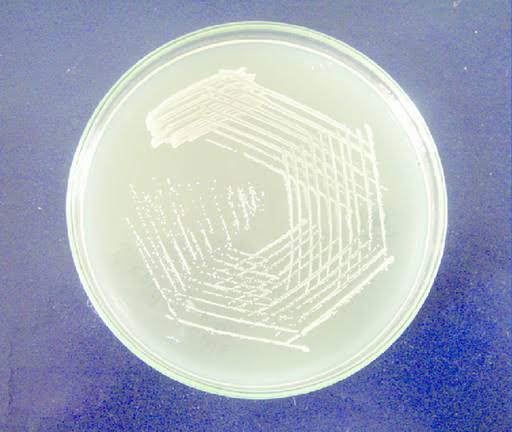
Selective Media
Selective media provide nutrients that enhance the growth and predominance of a particular type of bacteria and do not enhance and may even inhibit other types of organisms that may be present. These media are used to isolate a particular species from a complex media.
E.g. Centrimide agar – Pseudomonas (Selective agent – Centrimide)
Bismuth sulfite agar – Salmonella typhi
Bismuth sulfite inhibits growth of gram positive and most gram negative intestinal bacteria.
Differential Media
Certain reagents or supplements when incorporated into culture media, may allow differentiation of various kinds of bacteria.
E.g. Blood agar – Hemolytic vs Non-hemolytic
SS (Salmonella Shigella) agar – Salmonella (black) vs Shigella (white).
MacConkey Agar
- Used for culturing enteric coliform and related bacteria.
- Bile salt (Sodium taurocholate) kills Gram negative bacteria, i.e Pseudomonas, Rhizobium other than enteric bacteria.
- Crystal violet inhibits growth of Gram positive bacteria; so, it is a selective media.
- Coliform bacteria ferments Lactose but other enteric bacteria do not. So, due to presence of Neutral red dye, coliform bacteria develop brick red colony and other enteric bacteria form pink red colony; So, it is a differential medium.
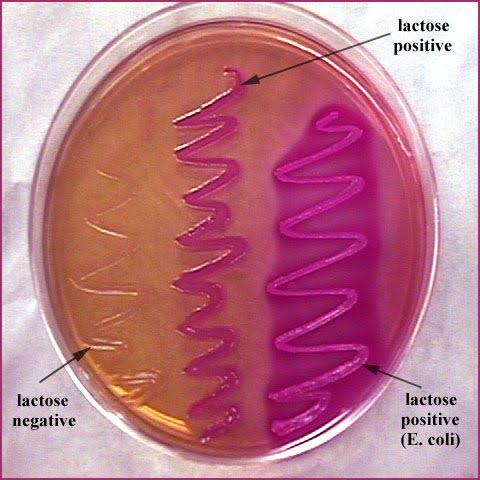
Eosine-Methylene Blue (EMB) Agar
- Contains Lactose as carbon source. So, those who can not utilize Lactose can not grow in it.
- Eosine dye and Methylene Blue inhibit growth of Gram positive bacteria.
- Medium contains bile salt which is toxic for Gram negative bacteria other than Coliforms: So, it is a selective medium.
- If grown colonies have a brilliant green metalic sheen, E. coli but if they are gummy, pink colonies with dark centers, they are Enterobacter, So, it is differential medium.
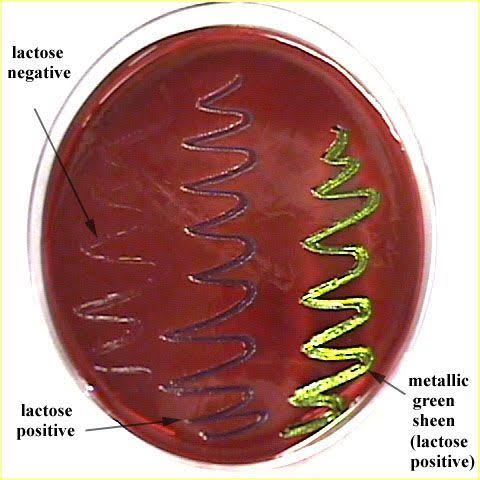
Enriched Media
Enriched media contain the nutrient required to support the variety of organisms, including some of the most fastidious ones. They are commonly used to harvest as many different types of microbes as are present in the specimen. This is often the case for soil or fecal samples. The enrichment medium is usually liquid and provides nutrients and environmental conditions that favor the growth of a particular microbe but not others. In this sense, it is selective medium as well, but it is designed to increase very small numbers of the desired type of organism to detectable levels.
E.g. Blood agar is an enriched medium in which nutritionally rich blood supplements are present.

Thermal Death Point
TDP is the lowest temperature at which all the microorganisms in a particular liquid suspension will be killed in 10 minutes.
Thermal Death Time
TDT is the minimal length of time for all bacteria in a particular liquid culture to be killed at a given temperature.
Pure Culture
The occurrence of any single species in natural material unmixed with any other microorganisms is called pure culture. Generally, laboratory culture are pure cultures. Pure cultures are also called axenic cultures. A pure culture may originate from a single cell or single organism, in which case the cells are genetic clones of one another.
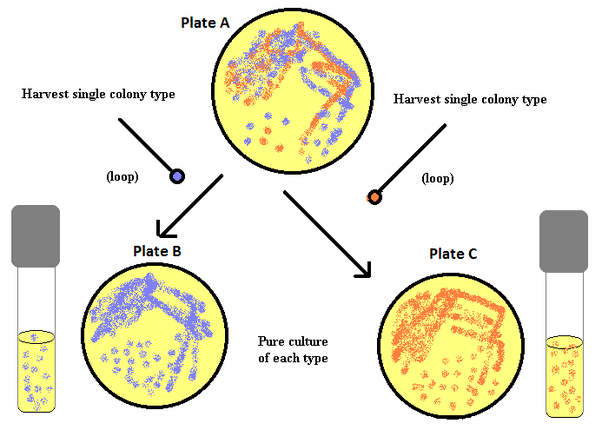
Mixed Culture
The occurrence of more than one organism growing in a sterile medium is called mixed culture. In nature, mixed culture of bacteria is found. To see the inter-relationship between organisms, mixed culture may be used.
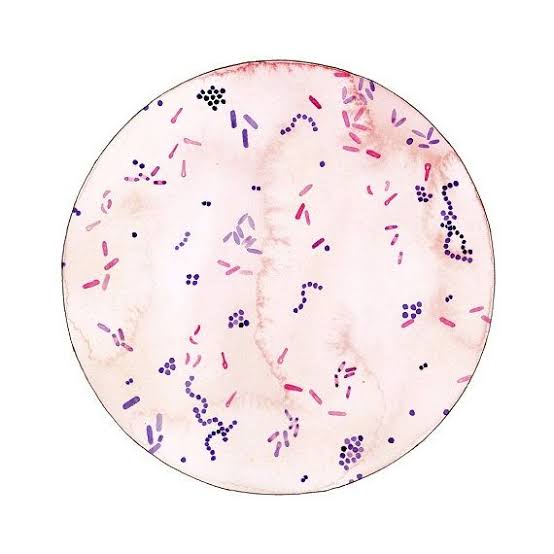
Contaminated Culture
When any unwanted or undesired organism invades or contaminates a pure culture, it is called contaminated culture.
Differentiation between chemically defined media and complex media are as follows:
| Chemically Defined Media | Complex Media |
| 1. Consists of wholly dilute, reproducible solutions of chemically pure, known organic/ inorganic compounds. | 1. Made from natural materials like meat, blood, casein, milk, urine, vegetable juices, peptone etc. |
| 2. Composition is exactly known and reproducible. | 2. The composition is variable. |
| 3. They are often expensive. | 3. Generally inexpensive. |
| 4. Time consuming to prepare. | 4. Easy to prepare. |
| 5. Bacteria grow on them more slowly. | 5. Promote rapid bacterial growth. |
| 6. E.g. Minimal media | 6. E.g. Nutrient agar media. |
Differentiation between selective media and differential media are as follows;
| Selective Media | Differential Media |
| 1. The media provides nutrients that enhance the growth and predominance of a particular type of bacteria. | 1. Certain supplements when incorporated into culture medium, may allow differentiation of various kinds of bacteria. |
| 2. Used to isolate particular species from a complex medium. | 2. Used in differentiation of various kinds of bacteria. |
| 3. Do not enhances growth of other microbes | 3. Enhances the growth of other microbes. |
| 4. E.g. Centrimide agar for Pseudomonas
Bismuth sulfite agar – Salmonella typhi |
4. Blood agar – Hemo |
Anaerobic Culture Method
Stringent can be grown only by taking special precautions. Because anaerobes might be killed by exposure to oxygen, special media called reducing media may be used. These media contain ingredients such as Sodium thioglycolate that chemically combine with dissolved oxygen and delete the oxygen in the culture medium. If reduced media is not used, other media can be made pre- reduced.
Pre-reduced Media
During preparation, culture medium is boiled for several minutes to drive out most of the dissolved oxygen. A reducing agent like Cysteine / Hydrogen Sulfide can be used to further lower oxygen level in medium. Oxygen free Nitrogen is bubbled through the medium to keep it anaerobic, then stoppered tightly and sterilized by autoclaving. During inoculation, tubes are continuously flushed with oxygen free carbon dioxide with a cannula, restoppered and incubated.
Anaerobic Chambers
Gaspak jars are used for anaerobic culture. In Gaspak jars, the oxygen is chemically removed after the culture plates have been introduced and container is sealed. There is an envelope inside the jar containing Sodium bicarbonate and Sodium borohydride. This emit hydrogen and CO2 upon adding water in them. Any oxygen inside the jar is slowly removed by reaction with the hydrogen forming water. This reaction is aided by Palladium catalyst. CO2 inside the chamber helps in the growth of fastidious anaerobes which sometimes fail to grow or grow poorly in its absence. An anaerobic strip pad saturated with Methylene Blue solution changes from blue to colorless in the absence of oxygen.
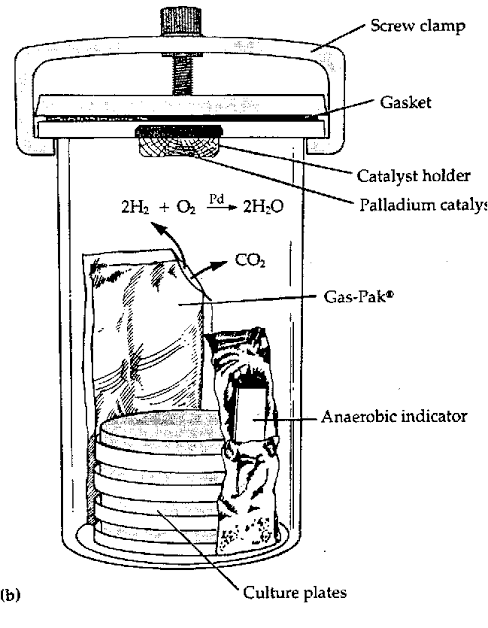
Reasons for culturing bacteria
- Bacteria have to be grown (cultures) for them to be identified and subsequent clinical diagnosis.
- Culturing on solid media is a convenient way of separating a bacteria of interest from mixed culture (nature).
- Bacteria have to be cultured in order to obtain antigens from developing serological assay for vaccines.
- Certain genetic studies and manipulations of the cells also need that bacteria to be cultured in vitro.
 Plantlet The Blogging Platform of Department of Botany, University of Dhaka
Plantlet The Blogging Platform of Department of Botany, University of Dhaka
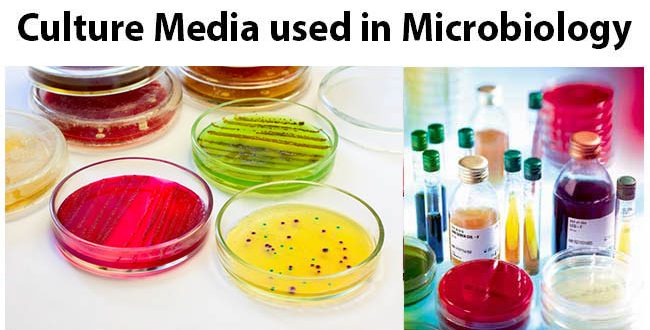



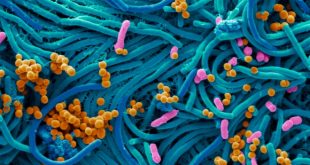
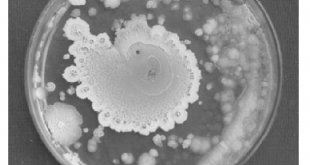
Thanks for the article. Helped a lot before my exam.
Could you please add advantages and disadvantages of each method of preservation? Besides, it would be better if you add images for each method.
Thanks in Advance.